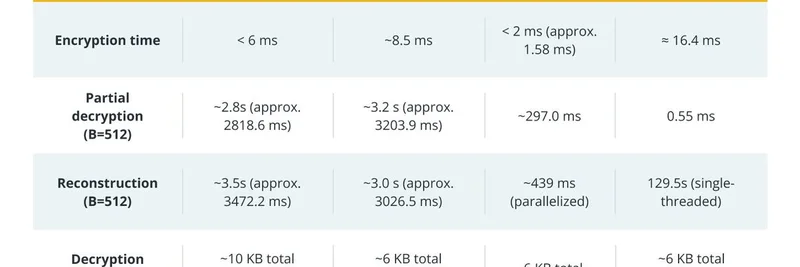In a recent tweet from Cointelegraph en Español, the discussion around Ethereum's transparency takes center stage. The post highlights an article suggesting that limiting transparency could actually make the blockchain more equitable. Let's dive into what this means, especially for those in the meme token space who often feel the sting of unfair practices.
The tweet, shared by @CointelegraphEE, points to an in-depth piece on Cointelegraph. It argues that Ethereum should consider encrypting its mempool—the temporary holding area for pending transactions—to curb malicious Maximum Extractable Value (MEV). MEV refers to the profit validators or miners can make by reordering, including, or excluding transactions in a block. While some MEV is benign, malicious forms like front-running (where someone jumps ahead of your trade to profit from it) have drained over $1.8 billion from users since 2020.
Why Limit Transparency?
Ethereum's current setup is fully transparent: anyone can see pending transactions in the public mempool. This openness, while a core blockchain principle, invites bad actors to exploit users. For instance, if you're trying to buy a hot meme token like PEPE or DOGE on a decentralized exchange (DEX), a bot might spot your transaction, buy ahead of you to drive up the price, and then sell right after—sandwiching your trade and leaving you with less value.
The article proposes encrypting transactions until they're finalized in a block. This would hide details from predators, creating a level playing field. Projects like Shutter Network are already working on such solutions, as noted in a reply to the tweet praising "@ShutterNetwork." This decentralized encryption system ensures that no single party can peek, maintaining blockchain's trustless nature while adding privacy.
Ethereum's Broader Security Push
This idea ties into Ethereum's ambitious $1 trillion security initiative by the Ethereum Foundation. With over $64 billion locked in DeFi protocols and partnerships with giants like BlackRock and JPMorgan, Ethereum is eyeing mass adoption. The goal? A world where billions comfortably store $1,000+ onchain. But without tackling MEV, that vision could falter, especially as non-crypto folks enter via meme tokens or NFTs.
Current fixes like private transaction pools or MEV-Boost (which auctions block space) redistribute profits but don't eliminate the problem. Encrypting the mempool would require major protocol upgrades, potentially taking years, but it's seen as essential for long-term fairness.
What About Decentralization?
Not everyone agrees. One reply to the tweet questions: "Transparency is kinda the whole point of blockchain, no? If ETH limits it, does it even stay true to decentralization?" It's a valid concern. Blockchain's appeal lies in its openness, which builds trust. However, the article counters that selective privacy—encrypting temporarily—doesn't undermine decentralization; it enhances equity. Think of it like blinds on a window: you control what's visible without closing the house.
For meme token enthusiasts, this could be a game-changer. Meme coins thrive on hype and quick trades, but MEV bots often siphon gains from retail traders. A fairer Ethereum might mean more predictable swaps on platforms like Uniswap, boosting confidence and participation in the meme economy.
Implications for Meme Tokens
Meme tokens, built largely on Ethereum or its layer-2s like Base or Solana alternatives, are particularly vulnerable to MEV exploits. High-volatility trades attract sandwich attacks, eroding small investors' profits. If Ethereum implements encrypted mempools, it could reduce these risks, making meme trading more accessible and less predatory. This aligns with broader trends in web3, where user protection is key to scaling.
Regulators like the European Securities and Markets Authority (ESMA) are watching MEV closely, but without a framework, exploits continue unchecked. Ethereum's move could set a precedent, influencing other chains and potentially benefiting the entire crypto ecosystem, including meme projects.
In summary, while the idea of limiting transparency sounds counterintuitive, it's about smart privacy to foster fairness. As the tweet sparks debate, keep an eye on developments from the Ethereum Foundation and innovators like Shutter Network. For meme insiders, this could mean safer, more equitable trading—ultimately helping the space grow beyond the wild west phase.



